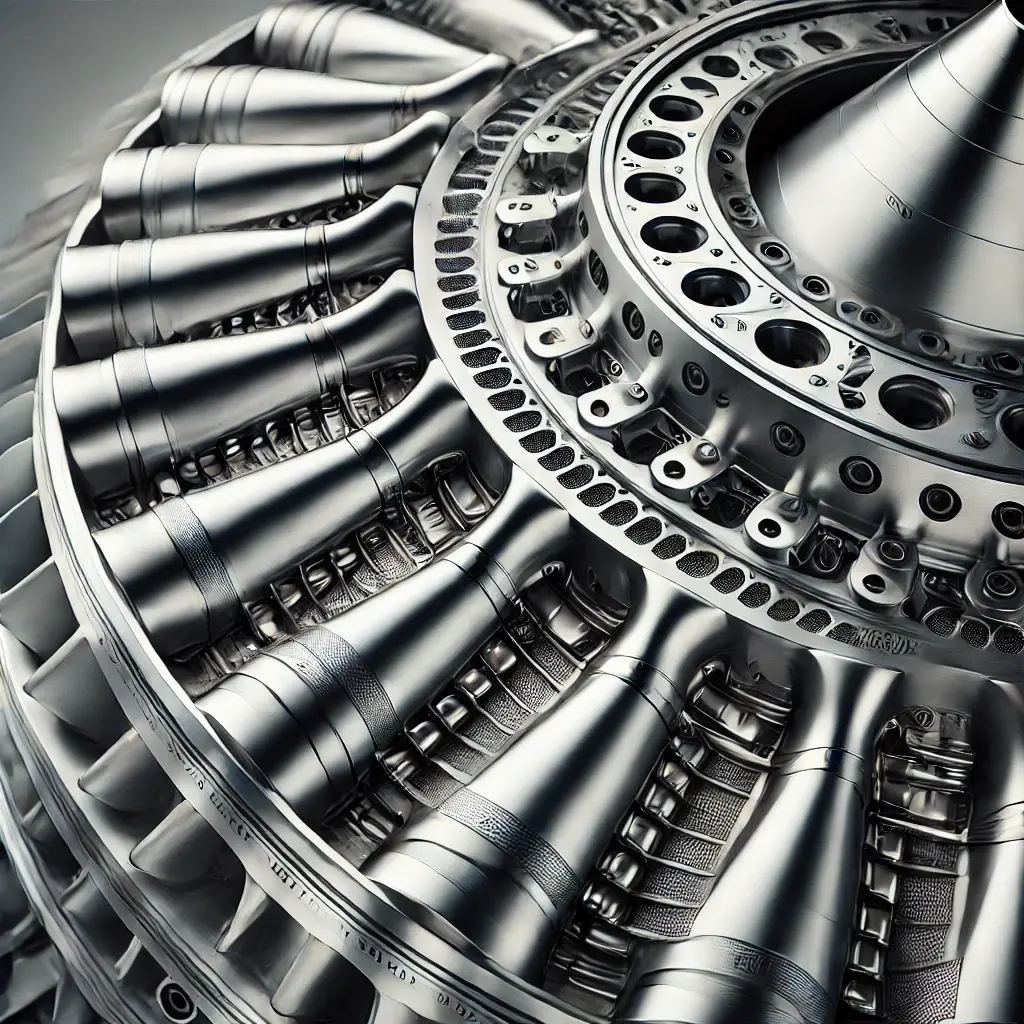5 Reasons to Choose Photo-Etched Pre-forms for Brazing Applications
Photo etched braze foil pre-forms offer numerous benefits over traditional braze and filler pastes or powders when used in vacuum and dip brazing applications in the aerospace industry. Aerospace components demand high precision, strength, and reliability, which makes the choice of brazing materials and techniques crucial. The advantages of using photo etched braze foil pre-forms include improved precision, superior joint integrity, increased manufacturing efficiency, reduced waste, and enhanced cleanliness, all of which contribute to higher-quality assemblies.
1. Enhanced Precision and Consistency
One of the primary benefits of photo etched braze foil pre-forms is the superior precision they offer in terms of shape, thickness, and weight. Photo etching allows for the production of complex, highly accurate patterns tailored to the exact geometrical requirements of the components being brazed. Unlike pastes and powders that require manual application, foil pre-forms are pre-cut to fit the joint precisely, ensuring uniform distribution of braze material. This precision reduces the risk of joint voids, uneven bonding, or excess material that could compromise component integrity.
The uniformity of thickness in pre-forms also eliminates variations in the amount of braze material applied, leading to consistent capillary action during brazing. This consistency improves the predictability and repeatability of brazed joints, which is critical in aerospace applications where uniform performance and reliability are non-negotiable.
2. Superior Joint Integrity
Braze foil pre-forms contribute to superior joint strength and reliability. In vacuum and dip brazing, achieving a solid, uniform bond between components is essential. The uniform composition and controlled thickness of photo etched foil allow for even melting and distribution of the braze alloy, resulting in joints that exhibit higher mechanical strength and fewer defects than those formed using pastes or powders.
Pastes and powders may contain binders and additives that can introduce contaminants or leave residues after brazing. In contrast, pre-forms are typically free of these additives, reducing the risk of contamination and improving the metallurgical integrity of the joint. This is particularly important in aerospace applications, where joints are subjected to extreme thermal, mechanical, and environmental stresses.
3. Improved Manufacturing Efficiency
Using photo etched braze foil pre-forms streamlines the manufacturing process, reducing preparation and assembly time. Since pre-forms are custom-cut to fit specific joint geometries, they minimize the need for manual shaping, trimming, or repositioning. This pre-fabrication reduces assembly errors and speeds up production, making the process more efficient and less labor-intensive.
In contrast, pastes and powders require precise manual application, which can be time-consuming and prone to variability. Additionally, paste application often involves multiple steps, including drying and binder removal, adding to the overall process time. Pre-forms eliminate these extra steps, reducing cycle times and enhancing throughput.
4. Reduced Waste and Material Cost Savings
Pre-forms are manufactured to exact specifications, meaning they provide only the necessary amount of braze alloy required for a given joint. This precision significantly reduces material waste compared to pastes and powders, where excess material can be inadvertently applied or lost during handling. The reduction in waste leads to cost savings, especially when working with expensive brazing alloys commonly used in aerospace applications, such as nickel-based or silver-based alloys.
Moreover, the minimized need for rework or scrap caused by uneven joints or excess filler material further enhances cost-effectiveness and resource efficiency.
5. Enhanced Cleanliness and Process Control
In aerospace manufacturing, cleanliness is a critical factor due to the sensitivity of components to contamination. Photo etched braze foil pre-forms do not require binders, fluxes, or other additives that are often present in pastes and powders. This characteristic makes them ideal for vacuum brazing, where a high-purity, controlled atmosphere is required to prevent oxidation and ensure optimal bonding.
The absence of binders also eliminates issues related to off-gassing or residue formation, which can degrade joint quality. Additionally, pre-forms facilitate better process control by providing consistent, pre-measured amounts of brazing material, reducing variability and enhancing quality assurance.
Conclusion
Photo etched braze foil pre-forms offer significant advantages over traditional pastes and powders for vacuum and dip brazing in aerospace applications. They provide enhanced precision, superior joint integrity, improved manufacturing efficiency, reduced waste, and a cleaner brazing process. These benefits contribute to higher quality, more reliable aerospace components, making photo etched pre-forms an indispensable choice for critical brazing applications.


